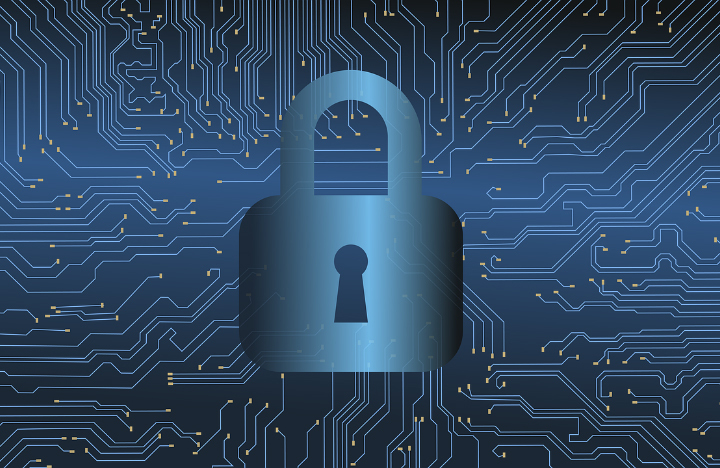Cyber security professionals continually defend computer systems against different types of cyber threats. Cyber attacks hit businesses and private systems every day, and the variety of attacks has increased quickly. According to former Cisco CEO John Chambers, “There are two types of companies: those that have been hacked, and those who don’t yet know they have been hacked.”
The motives for cyber attacks are many. One is money. Cyber attackers may take a system offline and demand payment to restore its functionality. Ransomware, an attack that requires payment to restore services, is now more sophisticated than ever.
Corporations are vulnerable to cyber attacks, but individuals are targets too, often because they store personal information on their mobile phones and use insecure public networks.
Tracking evolving and increasing cyber attacks is key to better cyber security. As cyber security professionals work to increase their knowledge of threats and cyber security information, earning an online cyber security master’s degree can be invaluable.
What Is a Cyber Security Threat?
Cybersecurity threats reflect the risk of experiencing a cyberattack. A cyberattack is an intentional and malicious effort by an organization or an individual to breach the systems of another organization or individual. The attacker's motives may include information theft, financial gain, espionage, or sabotage.
In recent years, numerous high-profile cyber attacks have resulted in sensitive data being exposed. For example, the 2017 Equifax breach compromised the personal data of roughly 143 million consumers, including birth dates, addresses and Social Security numbers. In 2018, Marriott International disclosed that hackers accessed its servers and stole the data of roughly 500 million customers. In both instances, the cyber security threat was enabled by the organization’s failure to implement, test and retest technical safeguards, such as encryption, authentication and firewalls.
Cyber attackers can use an individual’s or a company’s sensitive data to steal information or gain access to their financial accounts, among other potentially damaging actions, which is why cyber security professionals are essential for keeping private data protected.
5 Types of Cyber Security Threats
Cyber security professionals should have an in-depth understanding of the following types of cyber security threats.
1. Malware
Malware is malicious software such as spyware, ransomware, viruses and worms. Malware is activated when a user clicks on a malicious link or attachment, which leads to installing dangerous software. Cisco reports that malware, once activated, can:
-
Block access to key network components (ransomware)
-
Install additional harmful software
-
Covertly obtain information by transmitting data from the hard drive (spyware)
-
Disrupt individual parts, making the system inoperable
2. Emotet
The Cybersecurity and Infrastructure Security Agency (CISA) describes Emotet as “an advanced, modular banking Trojan that primarily functions as a downloader or dropper of other banking Trojans. Emotet continues to be among the most costly and destructive malware.”
3. Denial of Service
A denial of service (DoS) is a type of cyber attack that floods a computer or network so it can’t respond to requests. A distributed DoS (DDoS) does the same thing, but the attack originates from a computer network. Cyber attackers often use a flood attack to disrupt the “handshake” process and carry out a DoS. Several other techniques may be used, and some cyber attackers use the time that a network is disabled to launch other attacks. A botnet is a type of DDoS in which millions of systems can be infected with malware and controlled by a hacker, according to Jeff Melnick of Netwrix, an information technology security software company. Botnets, sometimes called zombie systems, target and overwhelm a target’s processing capabilities. Botnets are in different geographic locations and hard to trace.
4. SQL Injection
A Structured Query Language (SQL) injection is a type of cyber attack that results from inserting malicious code into a server that uses SQL. When infected, the server releases information. Submitting the malicious code can be as simple as entering it into a vulnerable website search box.
5. Password Attacks
With the right password, a cyber attacker has access to a wealth of information. Social engineering is a type of password attack that Data Insider defines as “a strategy cyber attackers use that relies heavily on human interaction and often involves tricking people into breaking standard security practices.” Other types of password attacks include accessing a password database or outright guessing.

Comments
Leave a comment